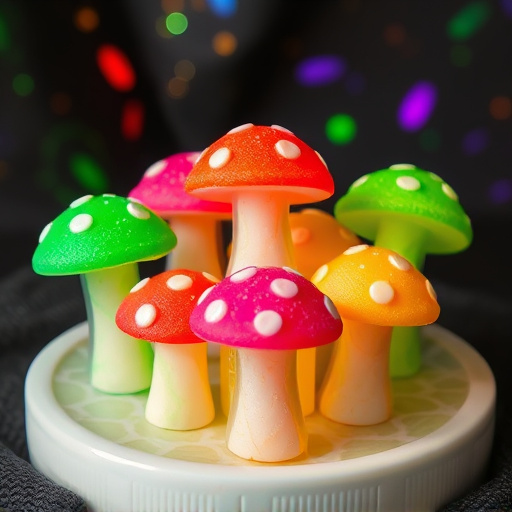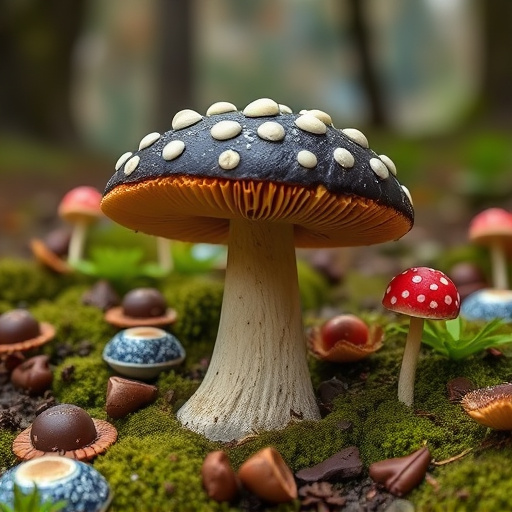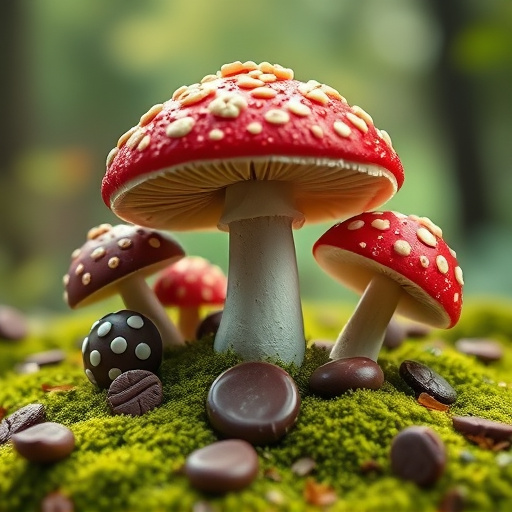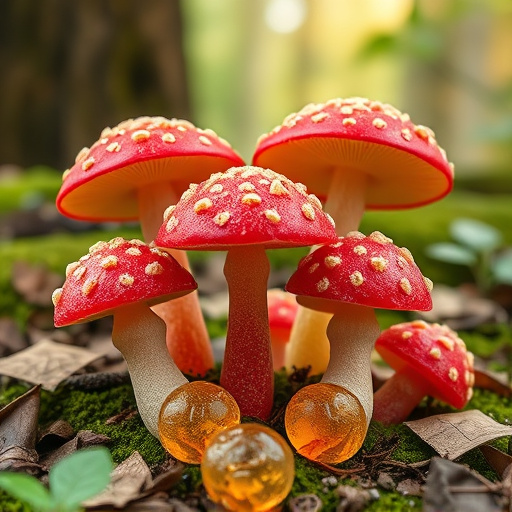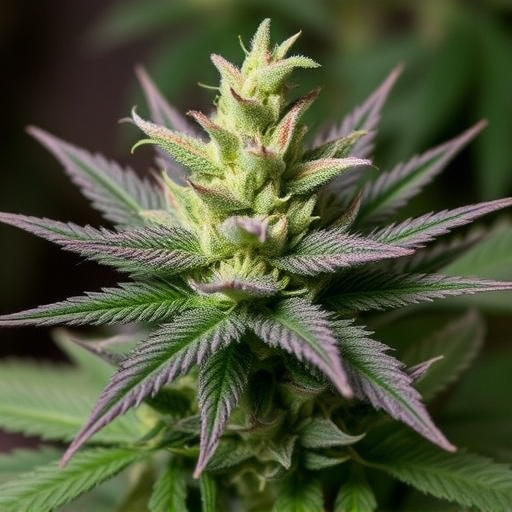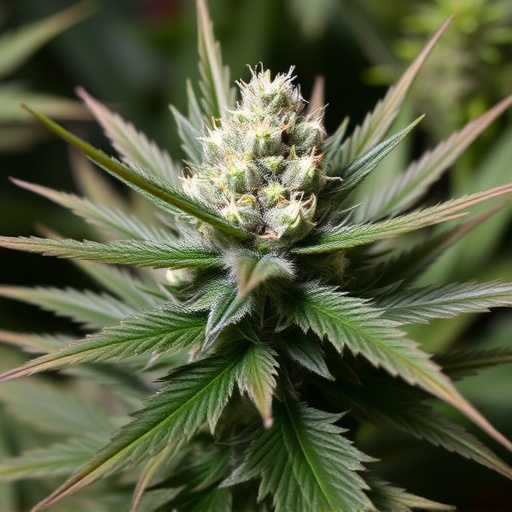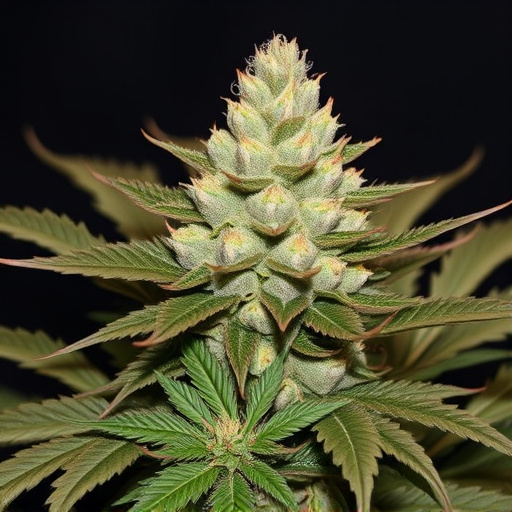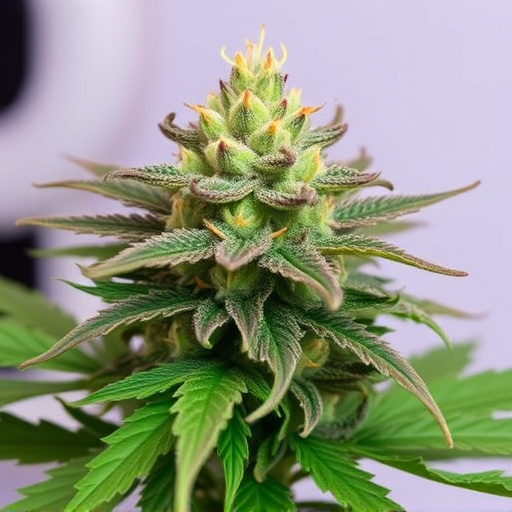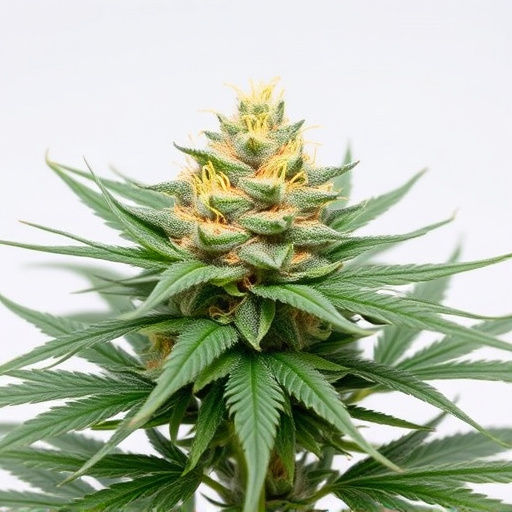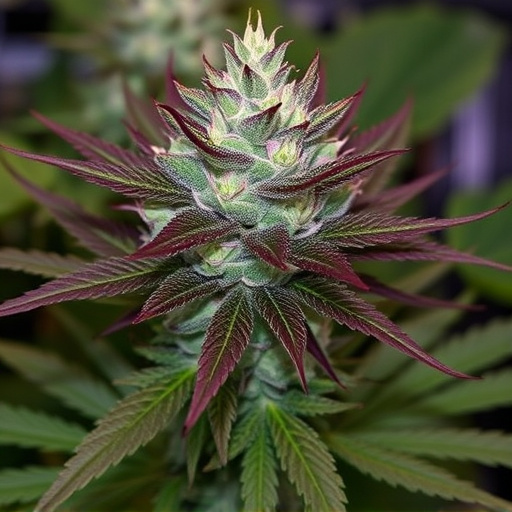Trichomes, microscopic hair-like structures on cannabis flowers, are key to understanding the plant's unique properties. They produce essential compounds like THC, CBD, and terpenes, contributing to the "entourage effect" and defining each strain's aroma, flavor, and potency. Growers monitor trichome development during flowering to cultivate high-quality best cannabis strains that cater to diverse user needs, ensuring consistent experiences for both casual and dedicated enthusiasts. Identifying trichomes is crucial in discerning top-quality best cannabis strains, with resinoid and glandular trichomes offering distinct benefits.
“Unveiling the secrets within the cannabis flower, we explore the enigmatic trichomes—microscopic structures that play a pivotal role in shaping the plant’s unique properties. This comprehensive guide delves into the world of trichomes, explaining their significance and how they contribute to the diverse profiles of cannabis strains. From identifying different types to understanding their impact on the best cannabis strains, this article offers valuable insights for both enthusiasts and cultivators.”
- What Are Trichomes and Why Do They Matter?
- Identifying Trichome Types in Cannabis Flowers
- The Role of Trichomes in Determining the Best Cannabis Strains
What Are Trichomes and Why Do They Matter?
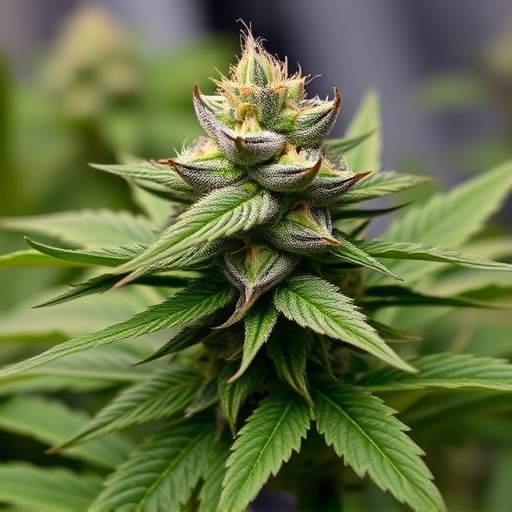
Trichomes are tiny, hair-like structures that cover the surface of cannabis flowers and leaves. They produce and concentrate a wide range of compounds, including cannabinoids like THC (tetrahydrocannabinol) and CBD (cannabidiol), as well as terpenes, which give each strain its unique aroma and flavor profile. These compounds work together to create what’s known as the “entourage effect,” enhancing the therapeutic benefits of cannabis.
When it comes to understanding the best cannabis strains, trichomes play a pivotal role. Strains with higher concentrations of trichomes tend to offer more intense effects and are sought after by users looking for potent medical or recreational experiences. Growers carefully monitor trichome development throughout the flowering phase, as this indicates when plants are at their peak maturity and potency. This knowledge allows them to cultivate strains that deliver consistent, high-quality results, catering to both casual and dedicated cannabis enthusiasts.
Identifying Trichome Types in Cannabis Flowers
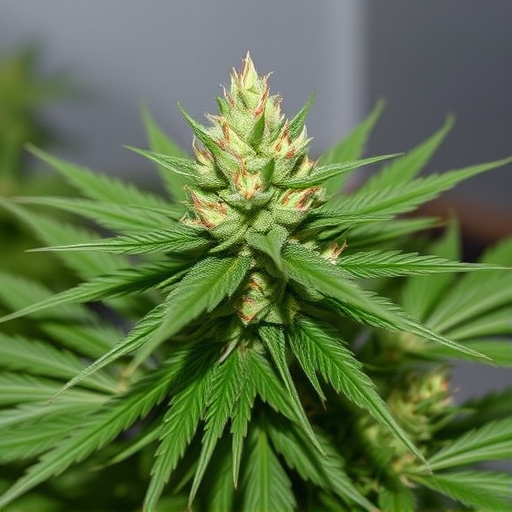
Identifying trichomes is a fascinating aspect of understanding cannabis flowers, especially when aiming to discover the best cannabis strains for your needs. Trichomes are tiny glandular hairs that cover the surface of cannabis florets, known as buds. They vary in shape and size and can be observed under a magnifying glass or microscope. Two primary types of trichomes exist: resinoid and glandular trichomes. Resinoid trichomes look like small, sticky dots and produce most of the plant’s resins, including THC (tetrahydrocannabinol) and CBD (cannabidiol), which are key compounds responsible for cannabis’ therapeutic effects and its distinctive aroma and flavor in top-tier strains.
Glandular trichomes, on the other hand, are larger and more prominent, appearing as tiny, bulbous structures. They secrete a waxy substance that not only protects the plant but also concentrates cannabinoids and terpenes, further enhancing the overall quality and effects of cannabis flowers. Identifying these trichome types is crucial for cultivators aiming to produce premium best cannabis strains, ensuring optimal potency, flavor, and aroma.
The Role of Trichomes in Determining the Best Cannabis Strains
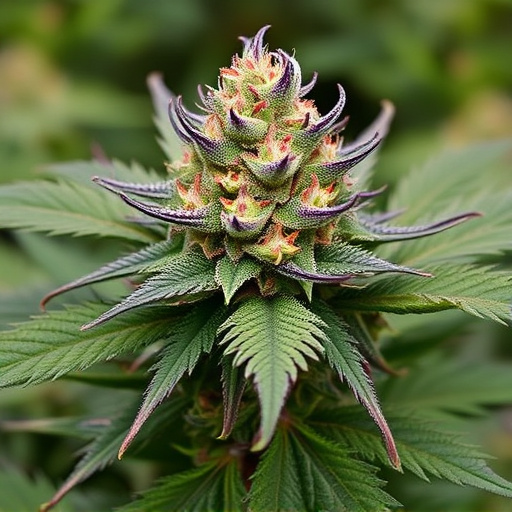
Trichomes play a pivotal role in discerning and cultivating the best cannabis strains. These tiny, hair-like structures that cover the surface of cannabis flowers contain essential resins and terpenes, which are responsible for the plant’s unique aroma, flavor, and therapeutic properties. By studying trichome development and composition, cultivators can optimize their growing conditions to produce superior strains with desired characteristics.
The presence and density of trichomes indicate the maturity and quality of the cannabis flower. Trichomes secrete a wide range of chemical compounds that contribute to the plant’s overall profile. Different terpenes and resins in the trichomes influence the strain’s effects, making some more suitable for specific medical conditions or recreational preferences. Understanding this intricate relationship allows cultivators to select the best cannabis strains and further refine their breeding programs, ensuring consistent high-quality products.
Trichomes, with their diverse types and functions, play a pivotal role in shaping the characteristics of the best cannabis strains. By understanding these tiny hair-like structures and their impact on cannabinoid production, growers and enthusiasts can make informed decisions when selecting or cultivating top-quality cannabis. This knowledge allows for a deeper appreciation of the complex interplay between trichomes and the overall cannabis experience, ultimately enhancing our ability to navigate and enjoy the diverse world of best cannabis strains.
